
Make Your Own Vertical Herb Garden For Cheap!
Vertical gardening is the ideal gardening method for those who have a small garden plot or no garden space at all other than a deck or patio. Herbs are wonderful for vertical gardens because their shallow roots don't need much room to thrive. You can either buy pre-made planters for an outdoor or indoor vertical herb garden or build your herb walls.

One of the best parts of having your garden is being able to grow fresh herbs. Some of them can be used to make delicious herbal teas, and all of them improve the flavour of meals. A vertical herb garden is a convenient way to cultivate many types of herbs indoors. We'll show you how to grow herbs vertically so you can enjoy them fresh whenever you choose, no matter the season.
Here are some brief reminders for growing herbs in a vertical garden:
- If you want to grow herbs vertically inside, select a spot that gets lots of natural light from windows or has access to grow lights. Outdoor vertical herb gardens are possible if you have room for them.
- Set up the planter for your vertical garden. You can make your own or purchase one of many ready-made variants. Check out our blog post for more herb garden ideas, and peruse Pinterest for more inspiration (link).
- Pick out some seeds or plants to grow. (link)
- Be sure to take into account the unique requirements of each plant species before sowing any seeds.
- Make sure to fertilise and water your plants as needed.
- Take pleasure in your harvest!
There are several excellent justifications for cultivating a vertical herb garden. There are, however, a few things to keep in mind before you begin planting your herb garden. To ensure the success of your project, we have outlined the steps below.
1. Choose The Location Of Your Vertical Herb Garden

Indoors, most herbs require a lot of light, so select a space near a window or install grow lights. Some herbs are quite delicate and need to be kept at a constant temperature of around 60 to 70 degrees. The temperature and humidity swings caused by being too close to a heater or air conditioning vent might kill your herbs. When growing herbs outdoors, it's important to find a site that gets at least a couple of hours of direct sunlight every day.
2. Procedures for Setting Up Your Indoor Herb Garden

A DIY garden setup is possible, or you can shop around for one of the many excellent commercial alternatives out there. Do-it-yourself options include constructing a shelf out of cinder blocks and 2x6 boards of the appropriate length. The planters for your herbs should be acceptable as long as the support is sturdy enough to hold them. Or, if you click here, we'll show you 20 incredible ways to arrange your vertical herb garden.
Shelving systems, wall supports, and even planters that dangle from the ceiling are just a few of the many options available for purchase. If you're short on space or have curious children or pets who might try to munch on your plants, hanging pots are a great option for growing culinary herbs. If you're feeling a bit ritzy, a stackable LED planter is another novel choice. When natural light is at a premium inside, this is a fantastic solution. The plants thrive under LED lights because they mimic sunlight. These LED planters feature an adjustable timer that you can configure to ensure your plants receive the optimal amount of light.
Check here for design and inspirations to build your herb garden
3. Choosing the Species of Plants or Seeds
Depending on your preference, specific herbs may be more or less appealing. Not all plants can be grown successfully from seed; those that are more challenging to cultivate from seed are best procured from a garden centre or nursery. To avoid bringing unwanted aphids, spider mites, or scales into your home, it is important to inspect your plants for pests before making a purchase. It's not a good idea to deal with sick plants, especially if you're just starting out or if you're growing herbs at home. To that end, pick a robust plant every time.

If you're interested in learning more about herb plants, check out our list of the Top 10 Herbs for Vertical Gardens.
You might use your vertical garden to grow any of the herbs we suggested. In fact, you could fit them all in there, provided the space is big enough!
4. The Care and Feeding of Your Indoor Herb Garden
Herbs require little work in terms of upkeep. Indeed, this is one of the benefits of growing herbs vertically. Those interested in trying their hand at vertical gardening for the first time will find this to be an excellent option.
Let's start with the BASICS:
Sunlight

Herbs, in general, require a good deal of exposure to natural light. A herb will thrive as long as it is exposed to direct sunlight for at least four hours per day. Herbs like rosemary, lavender, and basil thrive in full sun and can endure considerably more exposure (6–8 hours a day). Are you in search of herbs to grow in a location that receives filtered light or is partially shaded? Consider growing some chervil or parsley.
Soil

While it's true that many herbs have varying soil requirements, it's simple to create effective planting groups if you know which herbs share common requirements. In order to thrive, most herbs require soil that is rich, wet, well-drained, and only moderately fertile. No matter what kind of herb you plan on growing, it is essential to maintain healthy soil. Herbs, in general, require a pH of between 6 and 7, so checking the levels is essential before planting. Herbs thrive in sandy or loamy soil because it is easy for their roots to spread out. Mineral-poor plants may benefit from a supplemental application of a liquid micronutrient fertilizer.
Watering

Herbs don't require much thought when it comes to watering. Although some herbs require more water than others, all plants benefit from consistent irrigation. Whenever the soil becomes dry to the touch, most herbs need watering. Always plant similar herbs together and take the time to learn their specific watering requirements. Planting basil and lavender, for instance, is a bad idea because basil requires more water and lavender prefers completely dry soil between waterings. If you want your herbs to thrive, you should water them once a week. The need for twice-weekly watering increases in the face of high temperatures or drought. It's best to water between 6 and 10 in the morning when temperatures are lower; this will prevent the water from evaporating too quickly and will allow the roots to soak up as much of it as possible.
Herb Pruning and Trimming

Herbs grown in a vertical garden can save time and effort thanks to the trimming and pruning process. Learning the basics of herb care, like pruning, is always helpful. If you don't harvest your herbs often, they will become leggy and unusable, especially if you're growing annuals. Even woody perennial herbs like rosemary, lavender, and sage benefit from annual pruning to promote fuller growth and remove diseased or dead branches. At the end of the growing season, it is recommended that you prune your perennial herbs by roughly two-thirds (usually after summer and fall). Some woody herbs, like rosemary and lavender, can even be pruned into tiny shrubs after a good root system has been formed.
Growing Herbs Together
Some herb combinations are beneficial to both you and your plants. Growing herbs together can promote and support general health and growth in a garden, which is why some herbs do best when planted with companions. Planting herbs next to one another can make gardening tasks like watering, harvesting, and pruning more manageable.
Indoor Herb Gardening in a South-Facing Window
To ensure the success of your indoor vertical herb garden near a window, take note of the following tips:
Once your vertical garden is full, you can always move the herbs to a windowsill for even more growing space. All winter long, a south-facing window will receive the most sunlight, making it ideal for light- and warmth-loving plants. Herbs like rosemary, thyme, basil, bay laurel, and oregano will flourish in this environment. Plants like mint, parsley, chives, and chervil (also known as French parsley) thrive in the milder temperatures and less direct sunlight of east- and west-facing windows. If you want to grow herbs but are concerned about the effects of cold air entering through the window on the leaves, then you should not put basil or other sensitive herbs in a window.

With the information we've provided, you should be well-equipped to get started growing herbs vertically. What follows is a discussion of the many benefits of growing your own food at home, including the use of vertical gardening.
- It's a year-round source of fresh herbs. When preparing food, fresh herbs are preferable, and it's convenient to be able to quickly and easily grab the amount you need from a nearby herb garden.
- There will be a delightful aroma coming from your garden. Crushing a few fresh herbs in your hands releases their aromatic compounds into the air and helps detoxify the environment.
- It's inexpensive and saves you time because you won't have to run to the store to buy herbs.
- That's because they have a lovely appearance. Having real plants in the house is a great idea because they enhance the aesthetics of any room. The addition of live plants to your home or office instantly transforms the atmosphere into one of peace and tranquilly.
- the calmness of mind. If you grow your herbs, you know that they haven't been exposed to any harmful chemicals.
Create, grow, and delight!
Putting in an indoor herb garden may seem difficult at first, but if you follow the instructions given below, you'll have a flourishing garden in no time. Growing your own herbs at home can enhance the aesthetics of your home and the flavour of your meals.

Here are a few things to keep in mind:
- Use a mister or humidifier to keep the relative humidity high.
- Herbs need at least six hours of direct sunlight near a south window each day, or you can use a plant grow light that is on for 14 to 16 hours.
- Take care that the temperature doesn't get above 70 degrees.
- Use a nitrogen-rich, water-soluble fertiliser on a regular basis to promote lush new foliage.
- Weekly pruning of young plants' new growth is recommended for a bushier final product.
- Herbs planted in windows should be rotated occasionally so that all parts of the plant can soak up the sun.
- If you want healthier leaves, cut back the flowering parts before they bloom.
- Once the earth has dried to the touch, water the herbs.
- Herbs are extremely useful plants that should be incorporated into your home in any manner possible, including a vertical herb garden. As long as you provide them with the basics, they will continue to provide you with a bumper crop year after year.
- Have fun with your herb garden.
FAQ
-
What kitchen herbs can be planted together?
Planting herbs together that have similar watering requirements, such as lavender and thyme or basil and chives, helps ensure the health of both plants. Catnip, lemon balm, and mint are all invasive and fast-growing, so you shouldn't plant them next to each other in your indoor herb garden.
2. When is the ideal time to start planting herbs?
In contrast to outdoor gardens, indoor herb gardens can be planted at any time. Many gardeners prefer to grow their herb plants outside during the warmer months, but they must be brought inside before the first frost in October.
3. Do herbs come back every year?
If you want your plants to come back year after year, perennial herbs are the way to go. Perennials like oregano, parsley, sage, fennel, chives, lavender, thyme, and mint are the herbs that are used most often.

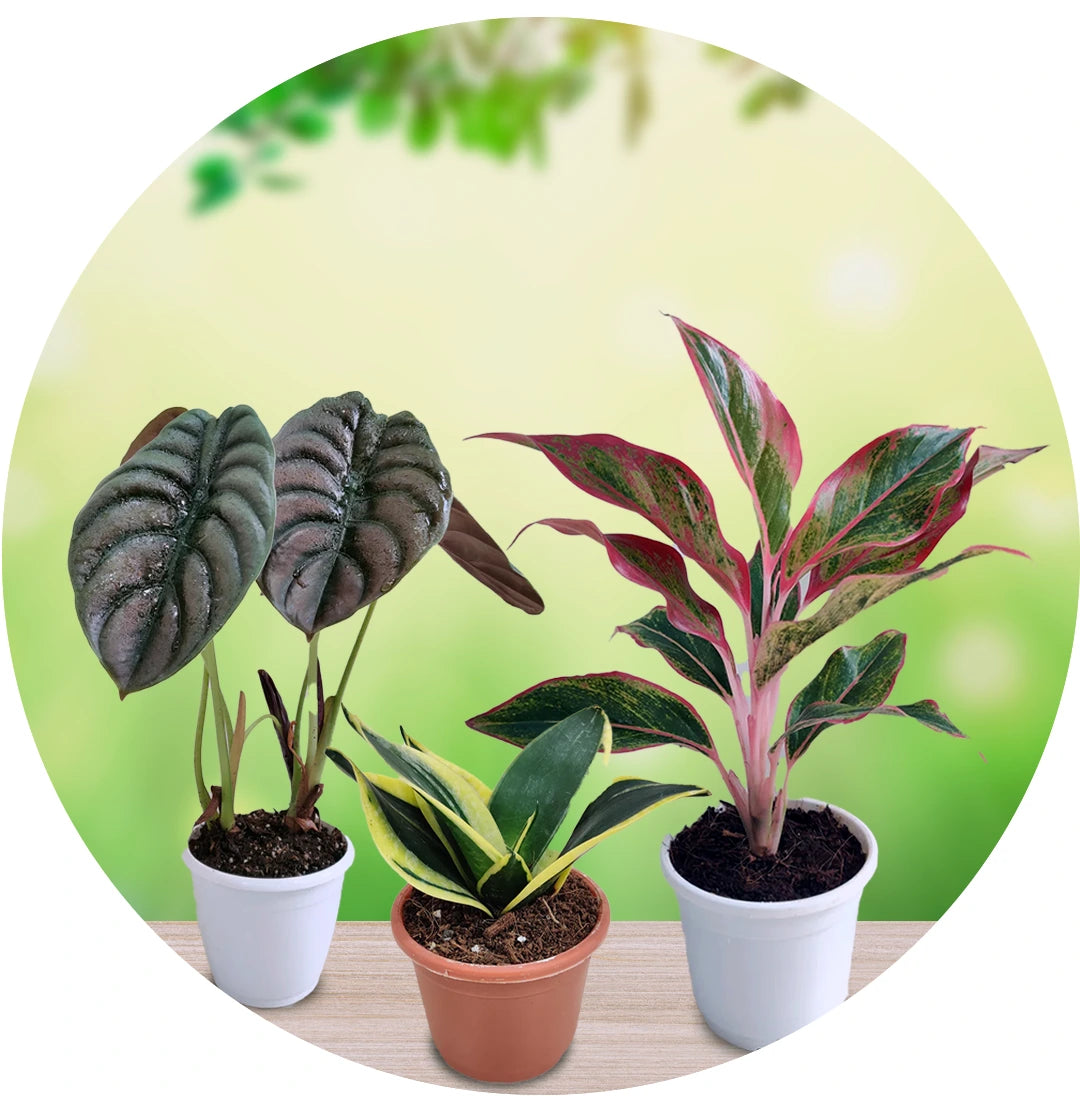
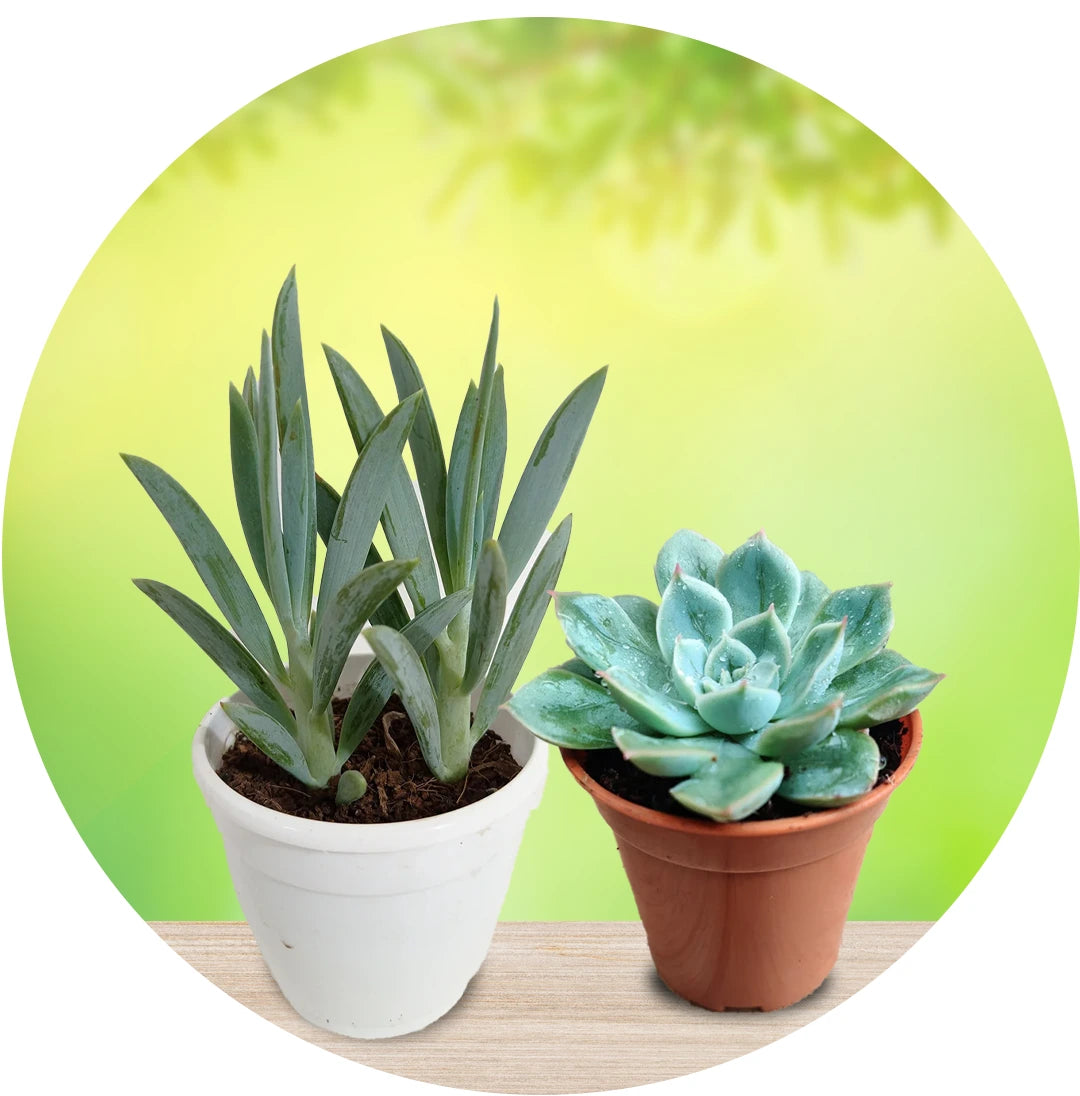
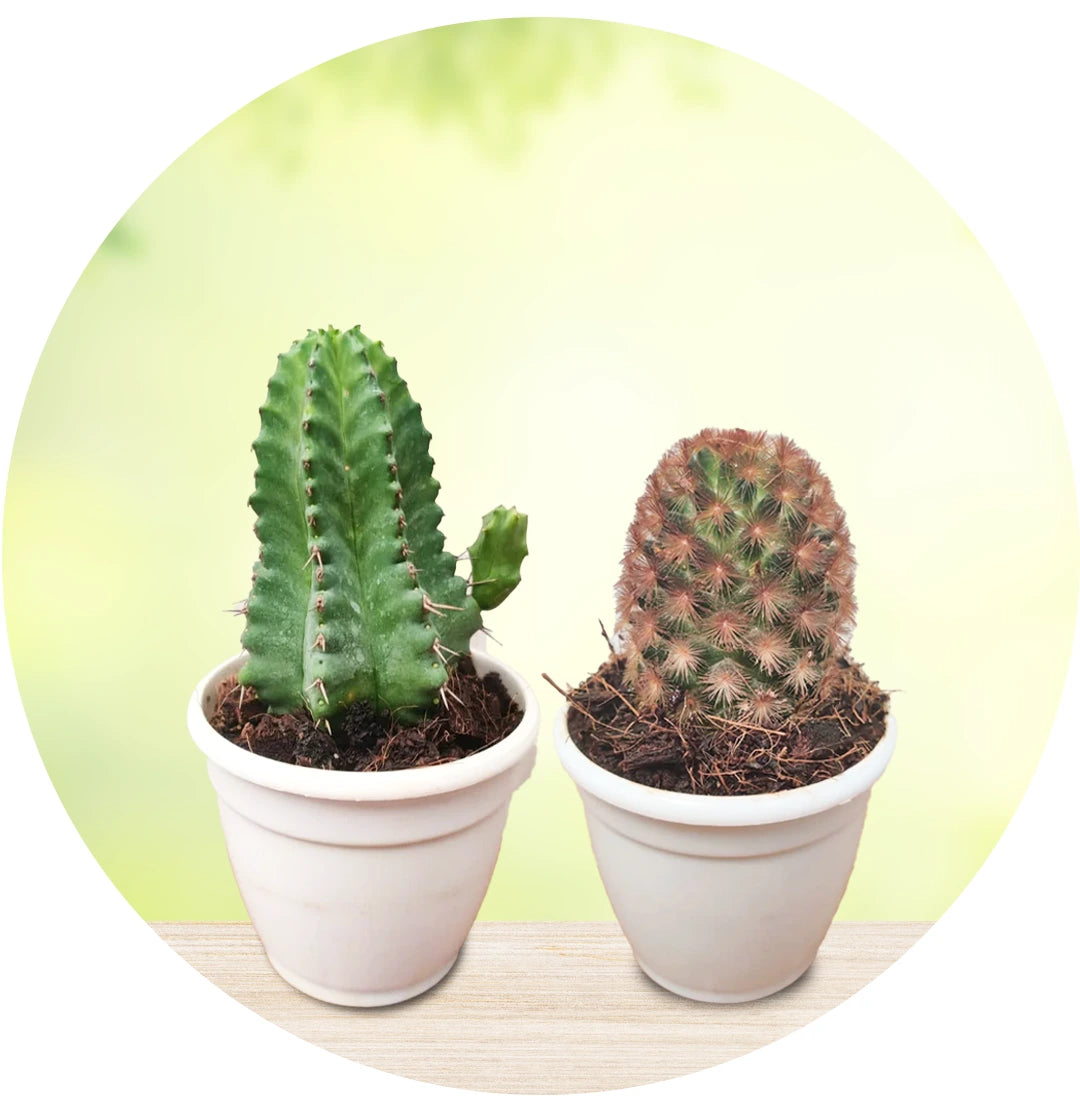
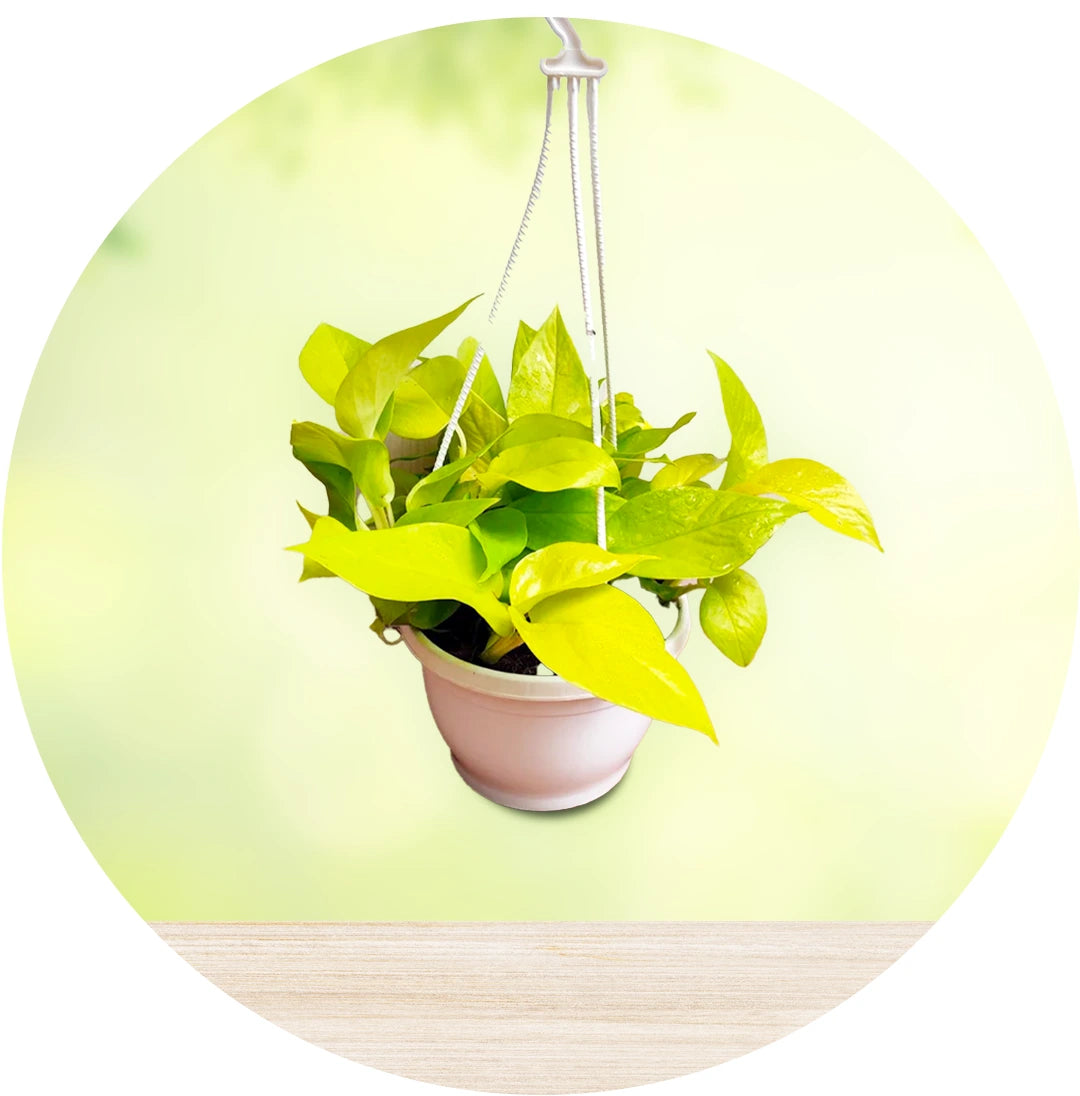
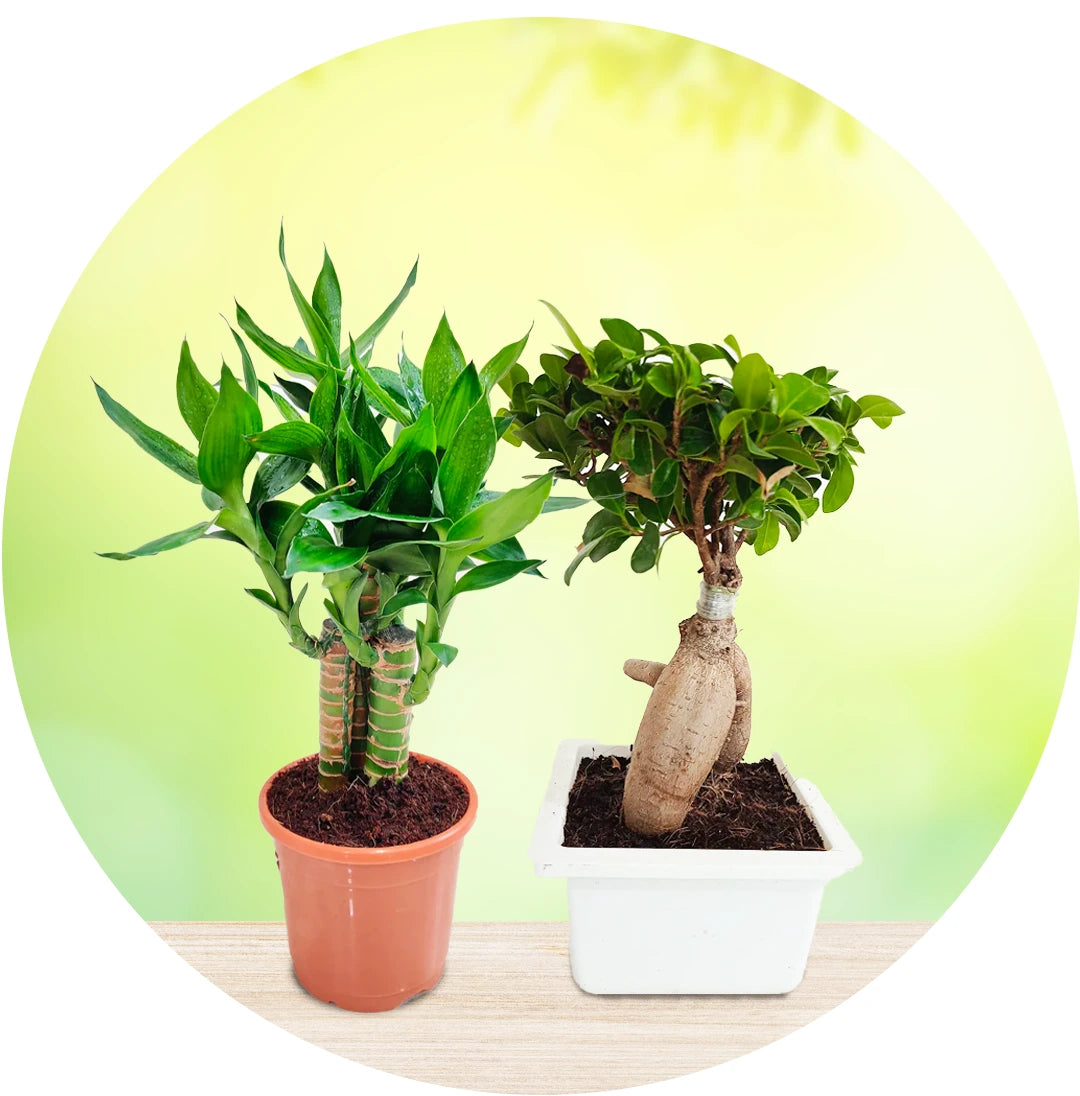
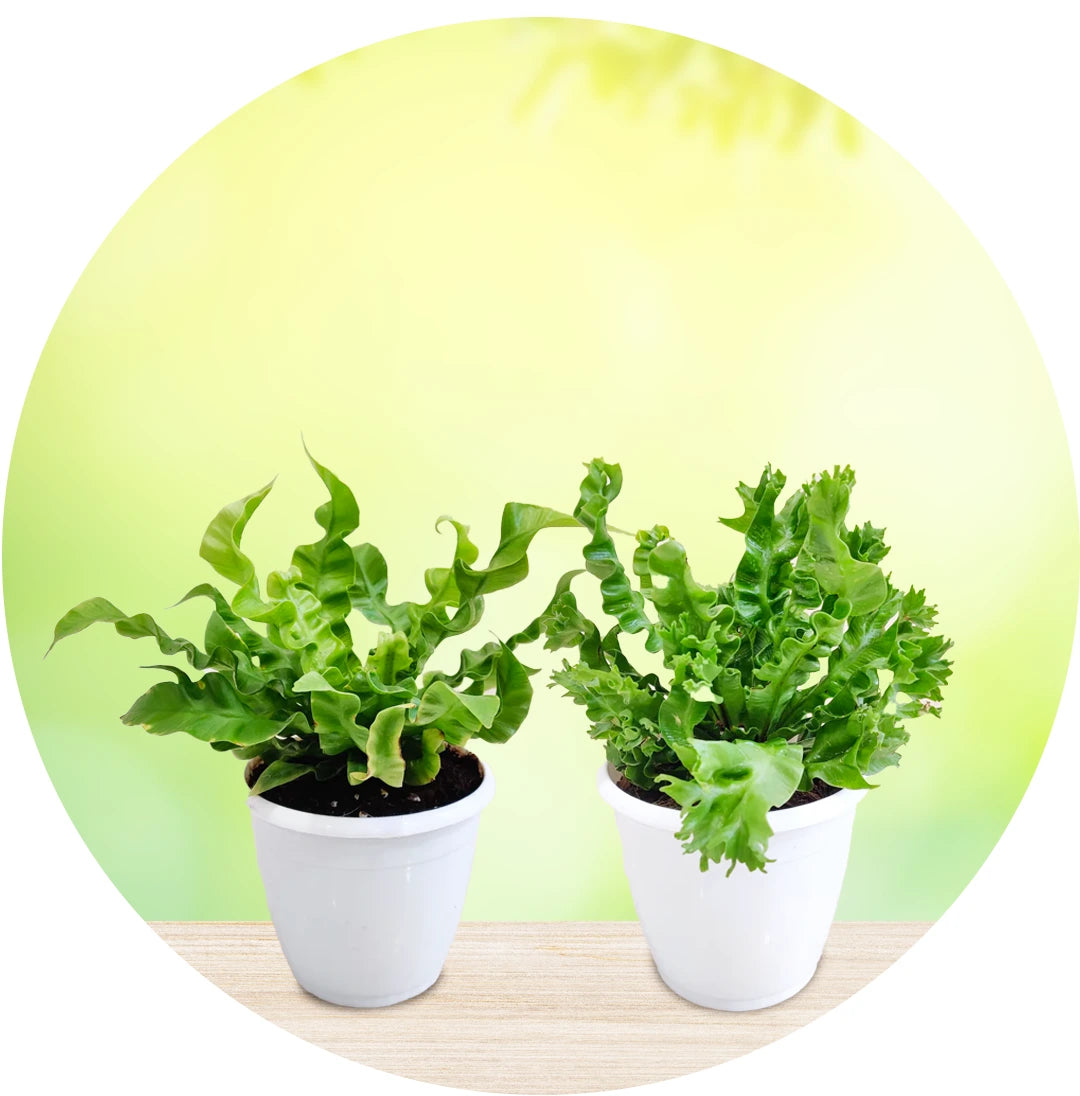
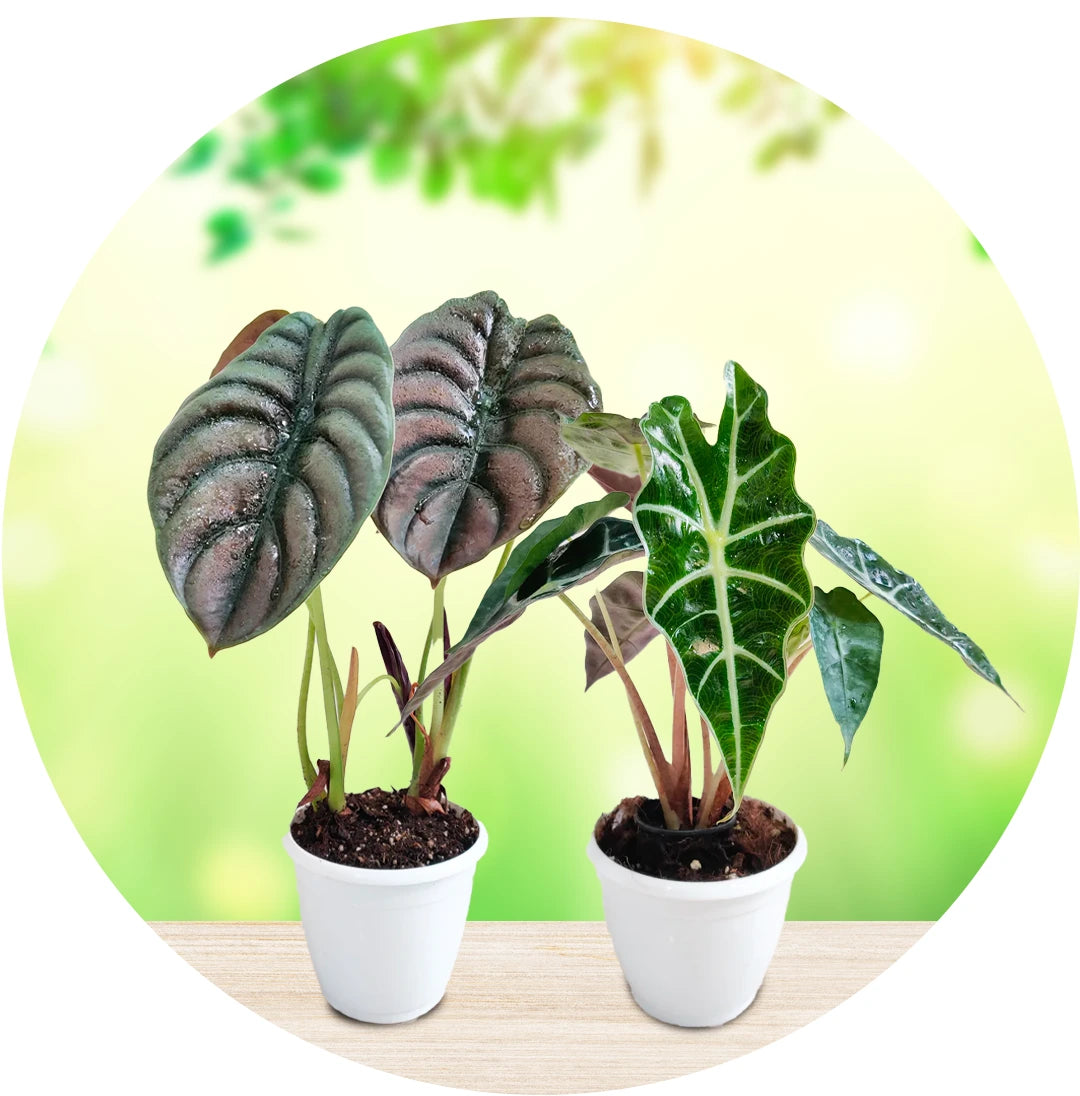
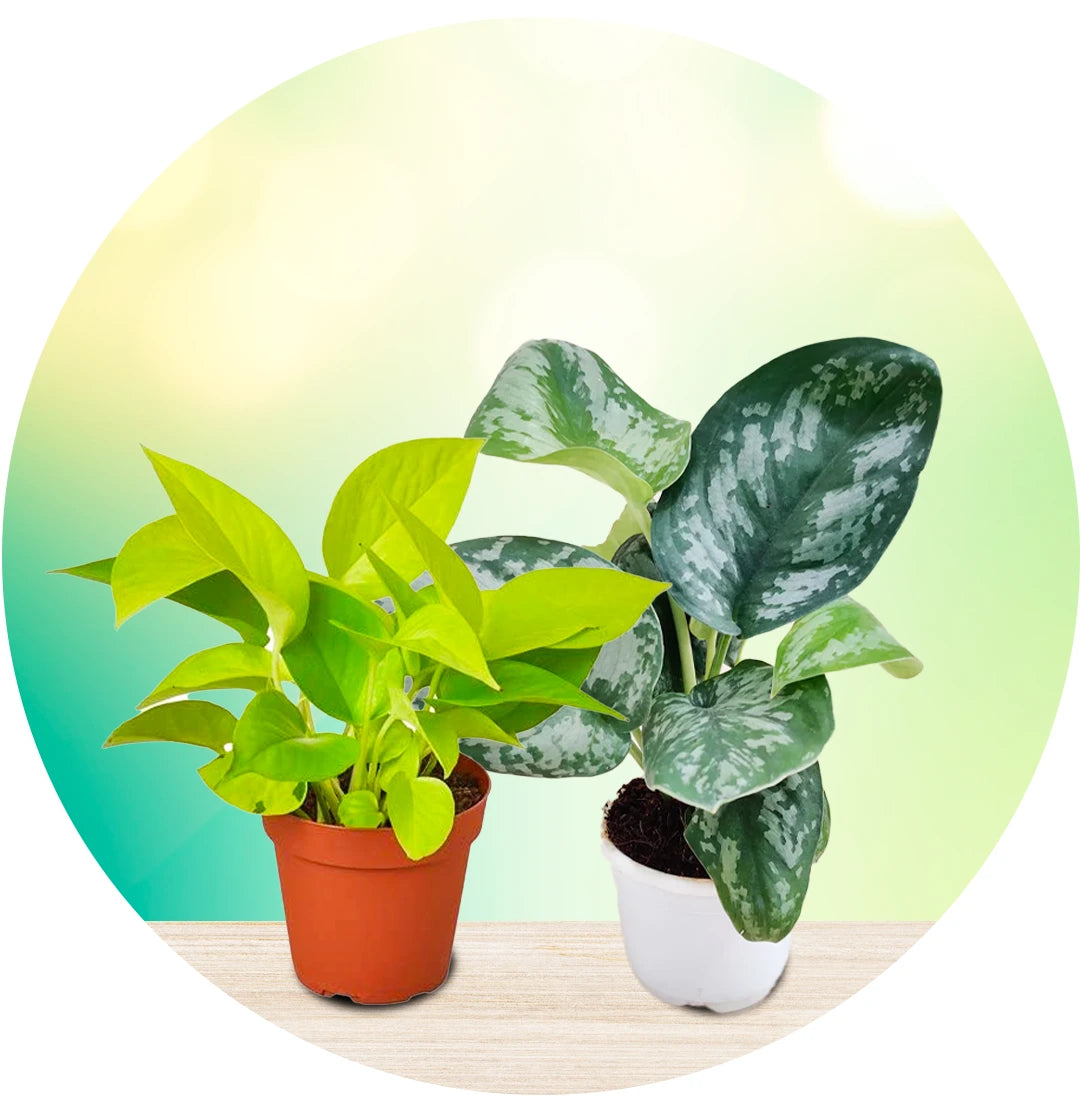
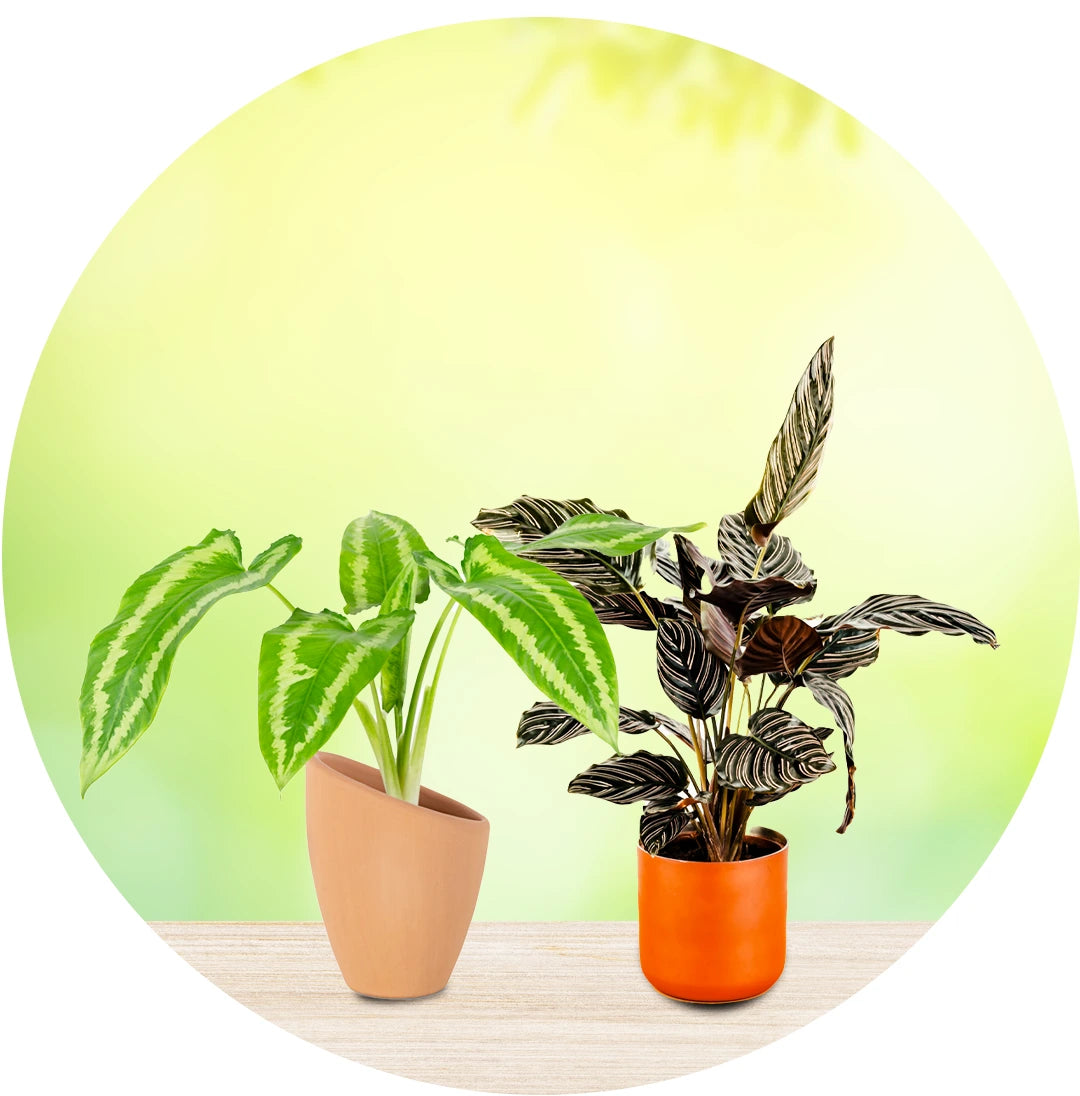
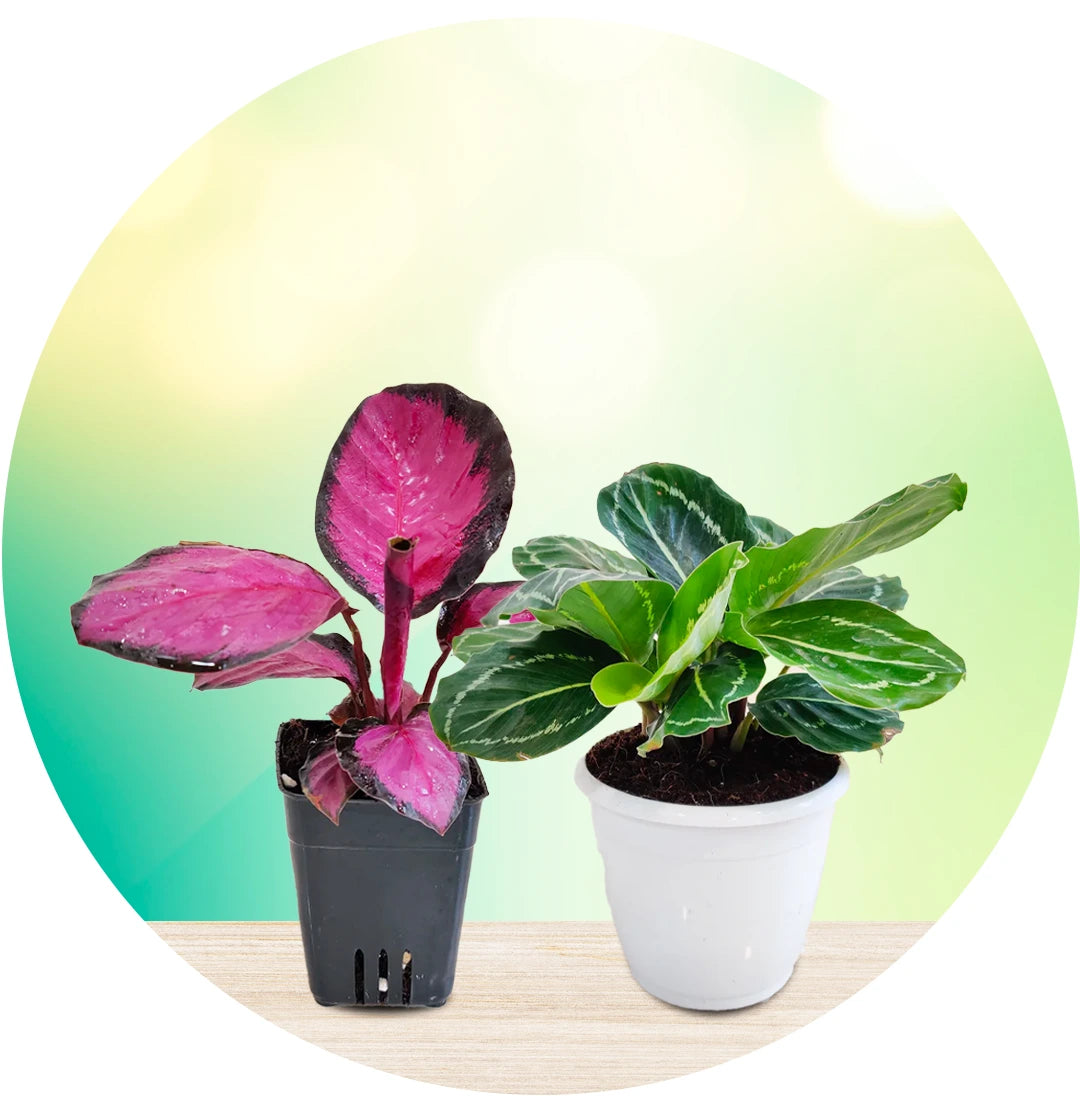
Leave a comment